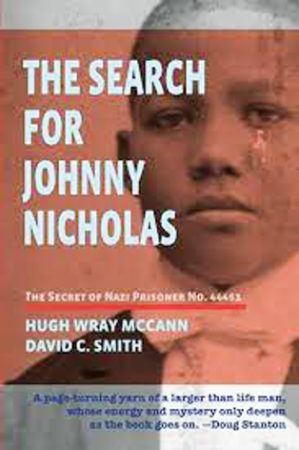One of the most effective resistance activities during World War II was forging identification documents (click here to read the blog, If I Sleep, Thirty People Die). However, Allied intelligence operations, resistance fighters in occupied countries, and foreign agents were not the only ones engaged in forgery activities. The Germans set-up forgery operations inside a concentration camp to counterfeit British currency. Using camp labor, the idea was to mass produce bank notes and drop them into England where economic collapse would occur. None of the fake money reached its destination and needless-to-say, the Germans were disappointed the desired effects never materialized.
This is the story of how Jewish inmates expertly forged enough money to force the British government to issue newly designed currency after the war.
I will be the guest speaker for Bonjour Paris on 6 December 2023 for a Zoom presentation to their members and others. The topic will be “Walking History: In the Footsteps of Marie Antoinette” and I will take you on a walk along the exact route in Paris that the queen’s tumbrel took to the guillotine. I invite you to join us for the discussion and slide show.
Bonjour Paris (click here to visit the web-site) is a digital website dedicated to bringing its members current news, travel tips, culture, and historical articles on Paris. I have been a member for more than ten years and have found its content to be quite interesting, practical, and entertaining.
I will have a direct link to sign up for my presentation at a later date. There is no cost to Bonjour Paris members and €10,00 for non-members. The time of the live presentation on 6 December will be 11:30 AM, east coast time.
Did You Know?
Did you know that prior to World War II, Halloween wasn’t about costumes, candy, or parties? No, it was all about vandalism. Apparently, back then, kids (and some adults) seemed to embrace Halloween’s dark side. Some research (not mine) has concluded that the war changed how Halloween was “celebrated” in America. In 1942, children’s parties were organized by community organizations, places of worship, and school groups. While candy was absent (sugar was rationed), the kids dressed up in costumes and Halloween parades were held. (Any of you remember dressing up for school and competing in the best costume parade? ⏤ I never won.) Read More Operation Bernhard

